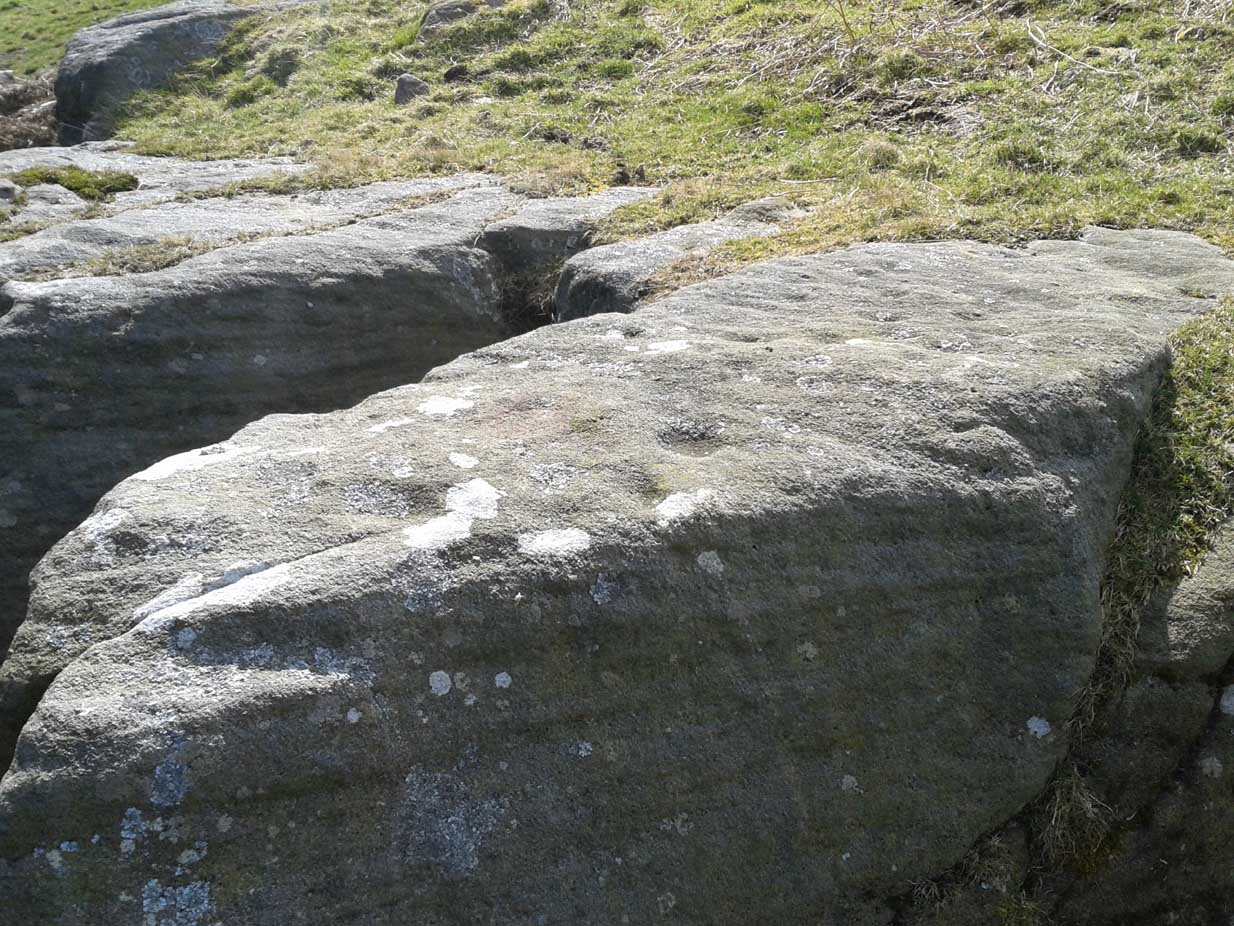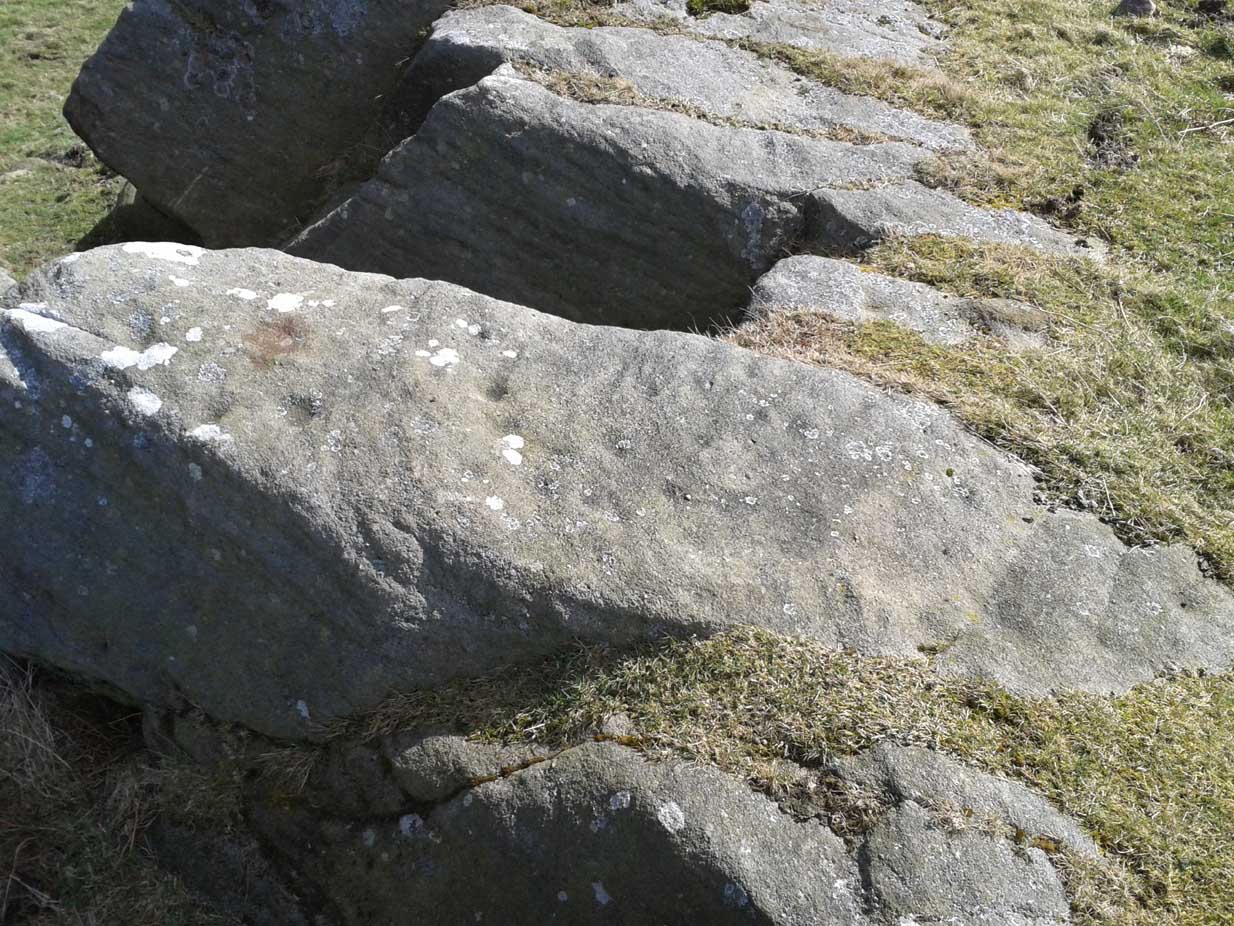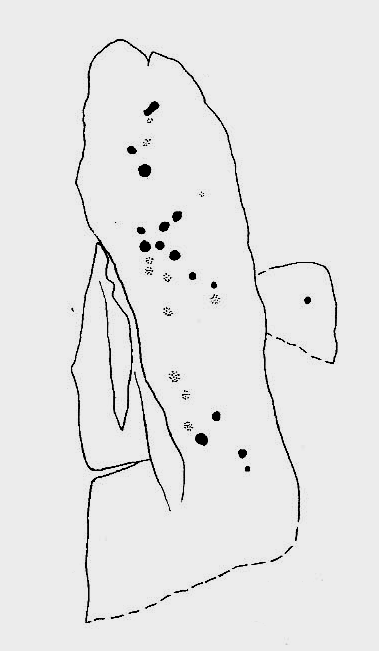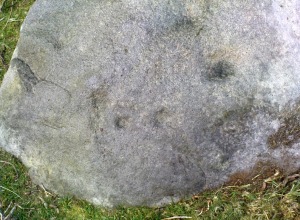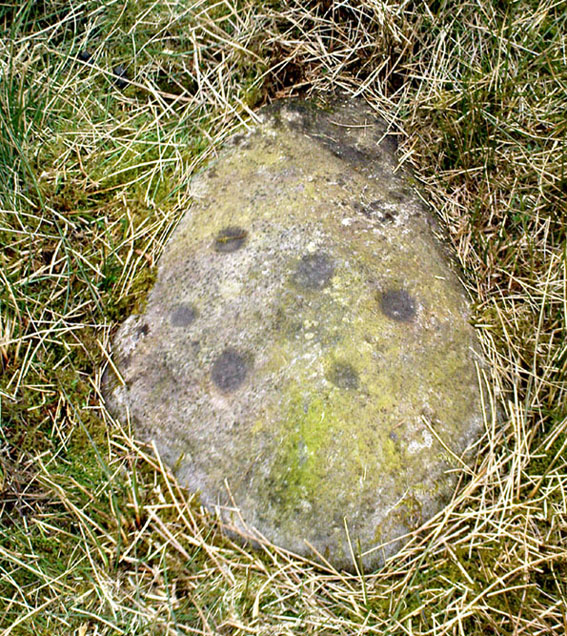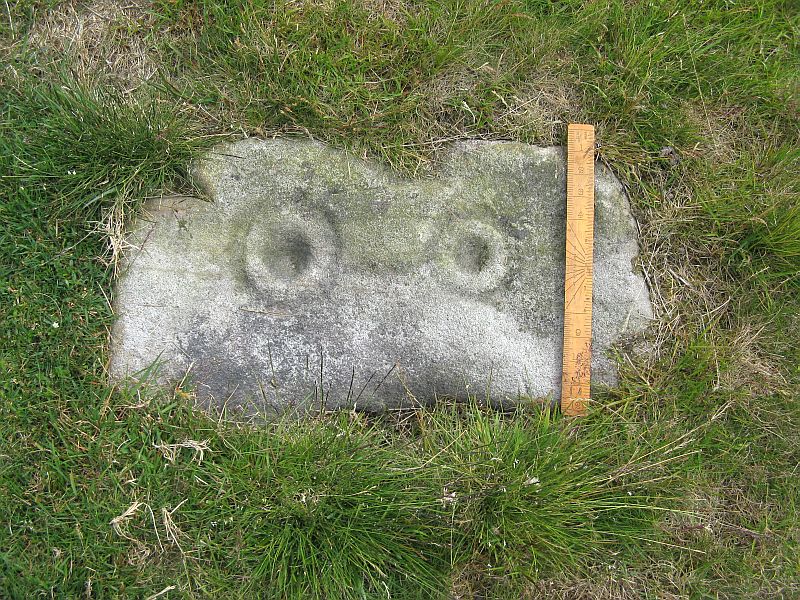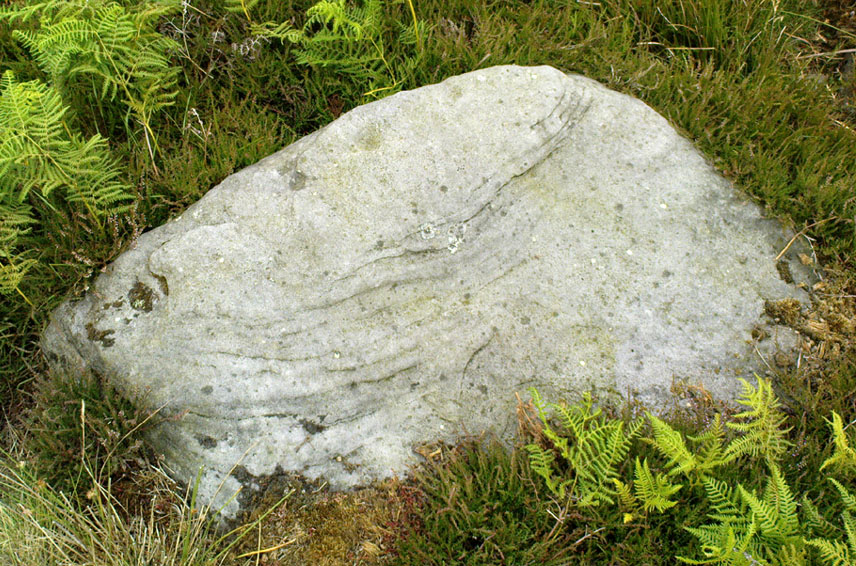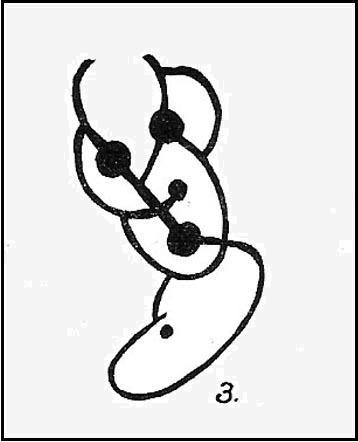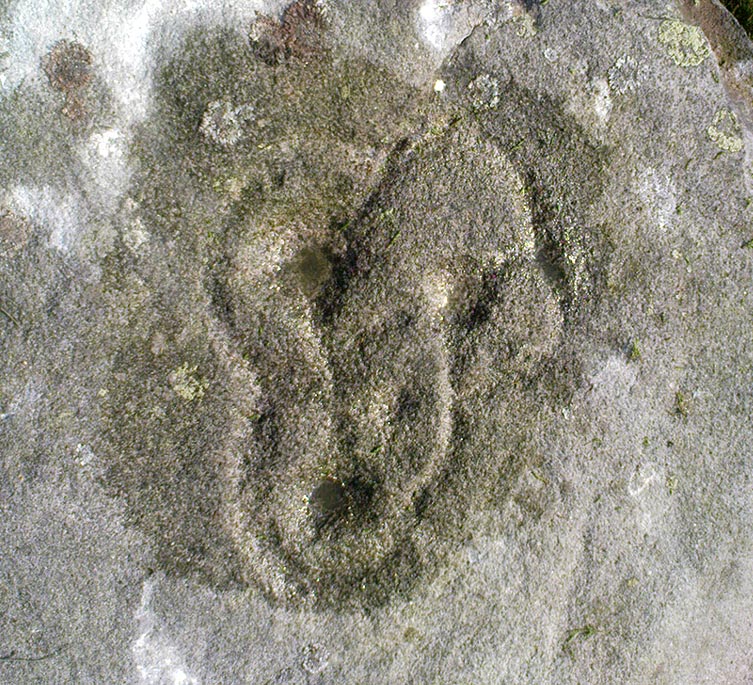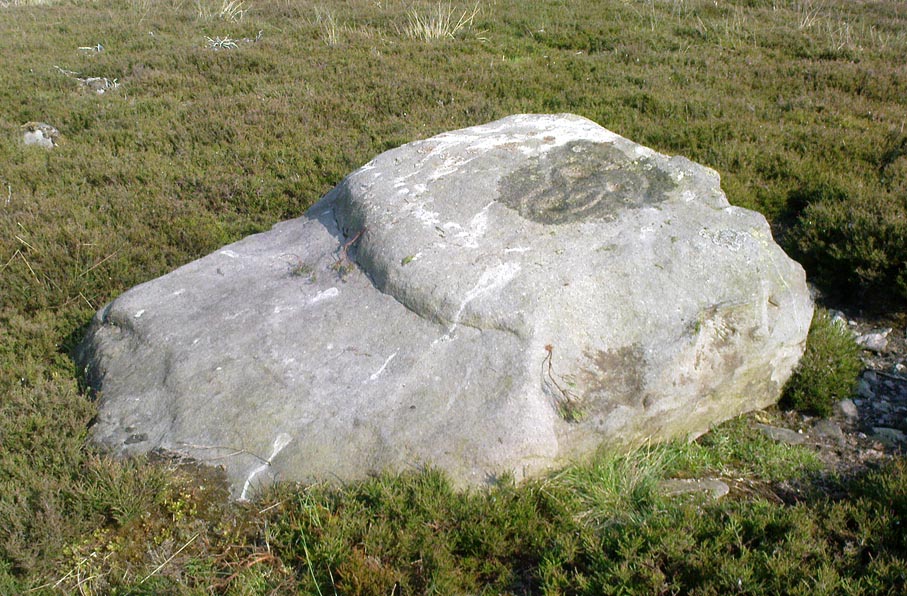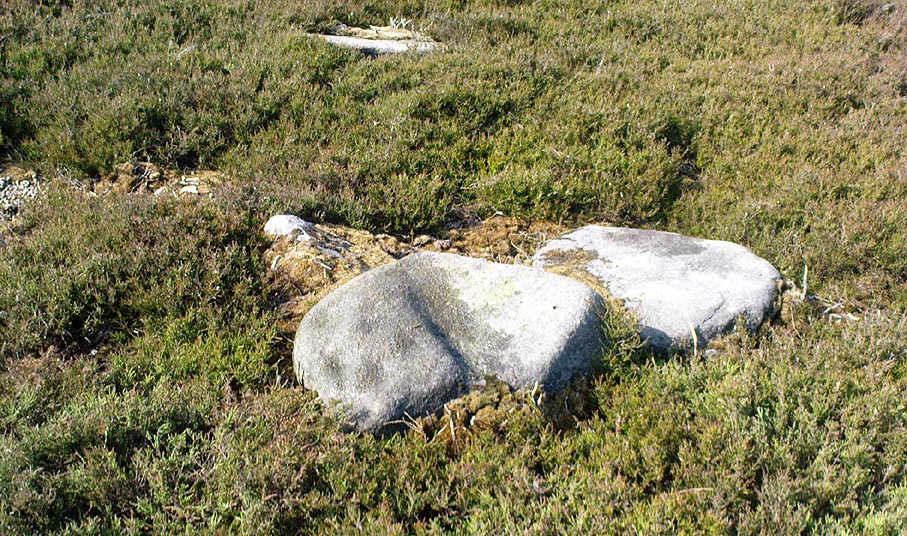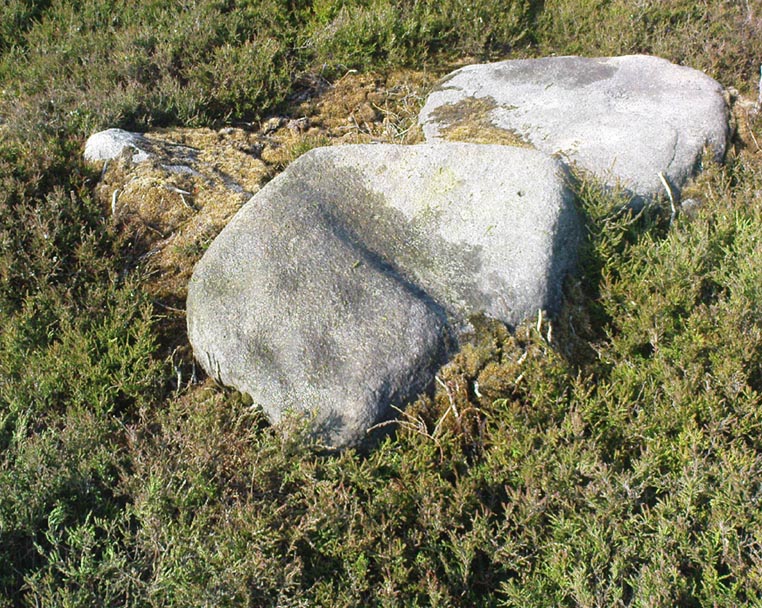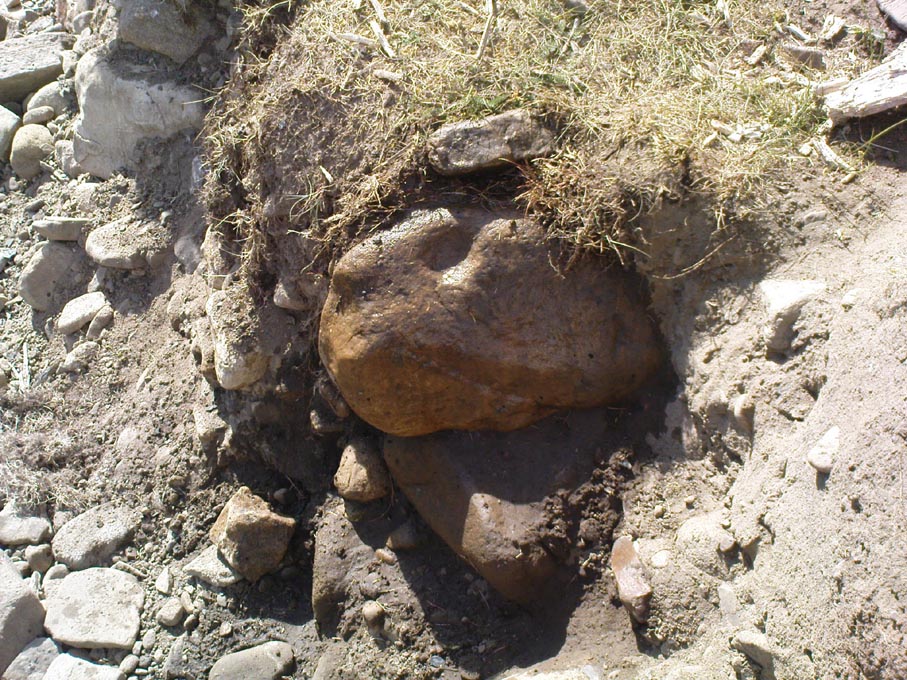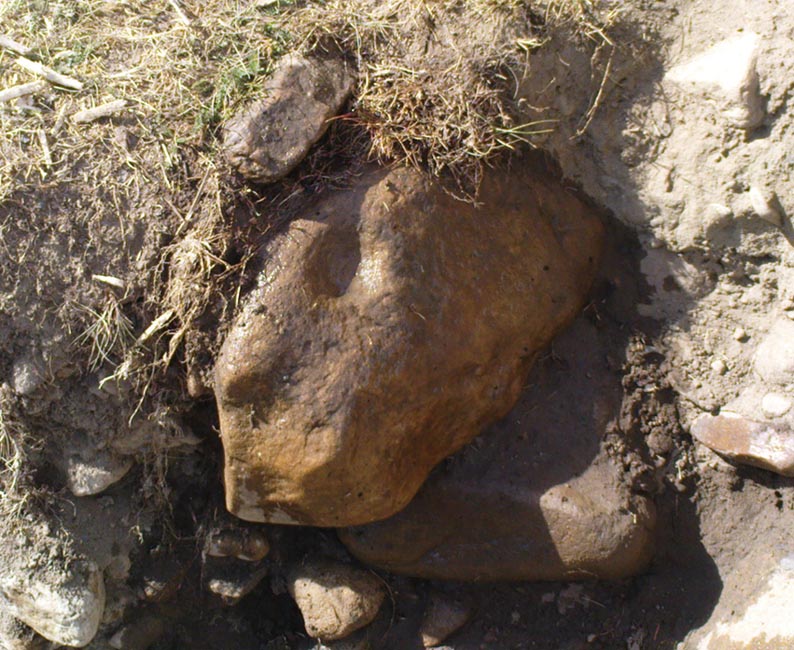Holy Well (destroyed?): OS Grid Reference – SP 5549 4574
Also Known as:
- Stock Well
Archaeology & History
This seemingly lost holy well was first mentioned by John Morton (1712), who told us that it was the source of the River Tove. About eighty years later, John Bridges (1791) wrote that,
“In this town was formerly a grange to the monastery of St Andrews in Northampton; and a spring which riseth near the place where this house stood, still retains the name of Halywell Spring.”
Little else was written of the site until H.C. Smith’s (1933) in-depth overview of the famous Washington family (some dood called George apparently) of Sulgrave, where he echoed John Morton’s words that the River Tove “rises from the spring of Holy Well, near the site of the old Grange of St. Andrew’s Priory.” He told that it was located up Stockwell Lane where an old water-mill was located and “the water for the mill is provided by a large mill-pool fed by a spring known in former times as Holy Well Spring.” Local historian Beeby Thompson (1914) identified the Stock Well as being the later alternative name for our holy one.
References:
- Bridges, John, The History and Antiquities of Northamptonshire, D. Price: Oxford 1791.
- Hart, Jeremy, English Holy Wells – volume 2, HOAP: Wymeswold 2008.
- Morton, John, The Natural History of Northamptonshire, R. Knaplock: London 1712.
- Smith, H. Clifford, Sulgrave Manor and the Washingtons, MacMillan: New York 1933.
- Thompson, Beeby, “Peculiarities of Waters and Well,” in Journal Northamptonshire Natural History Society, volume 17, 1914.
© Paul Bennett, The Northern Antiquarian
